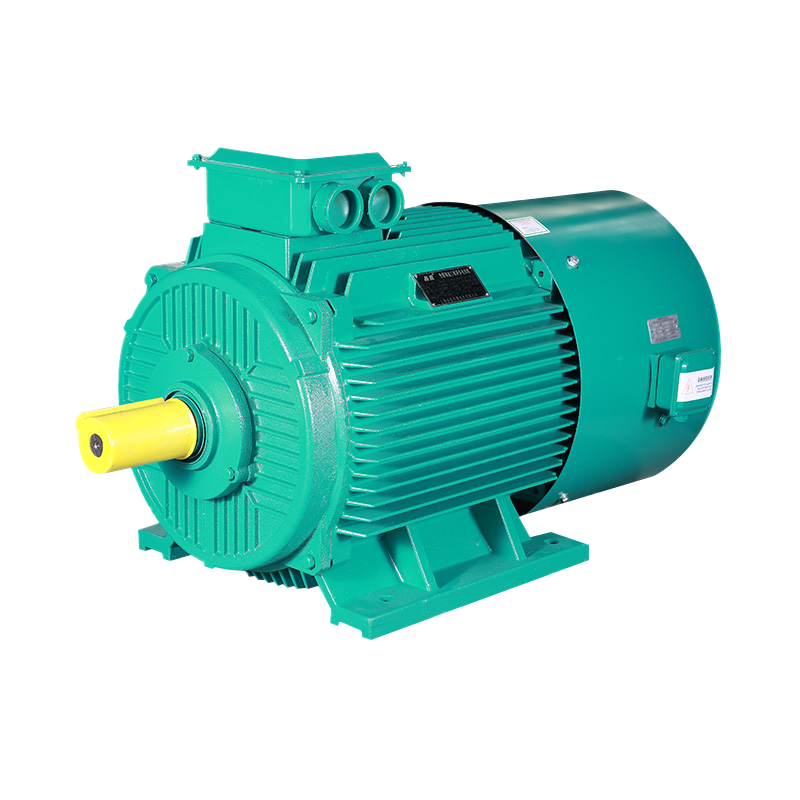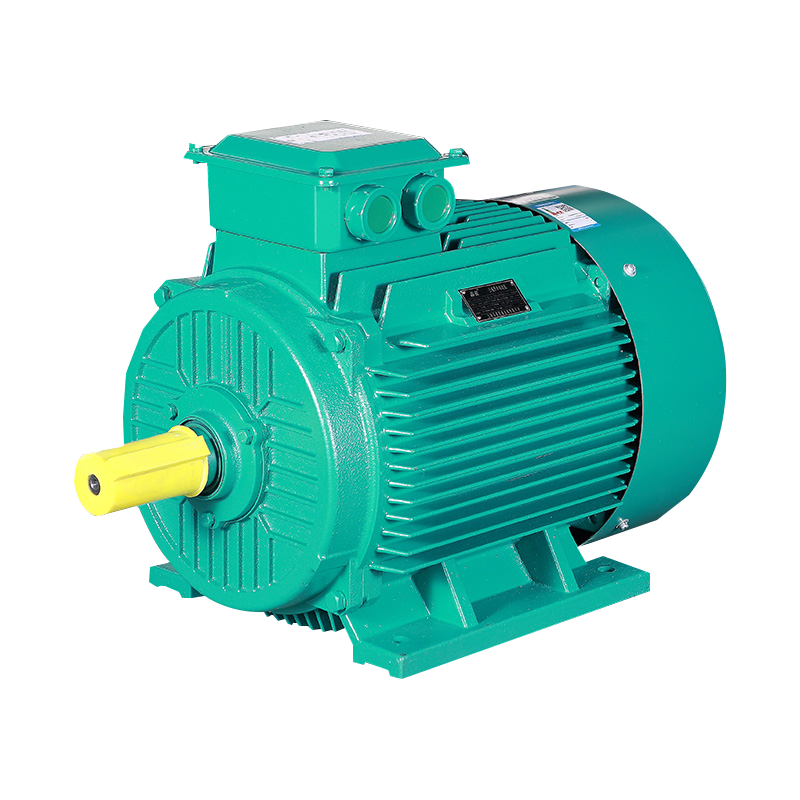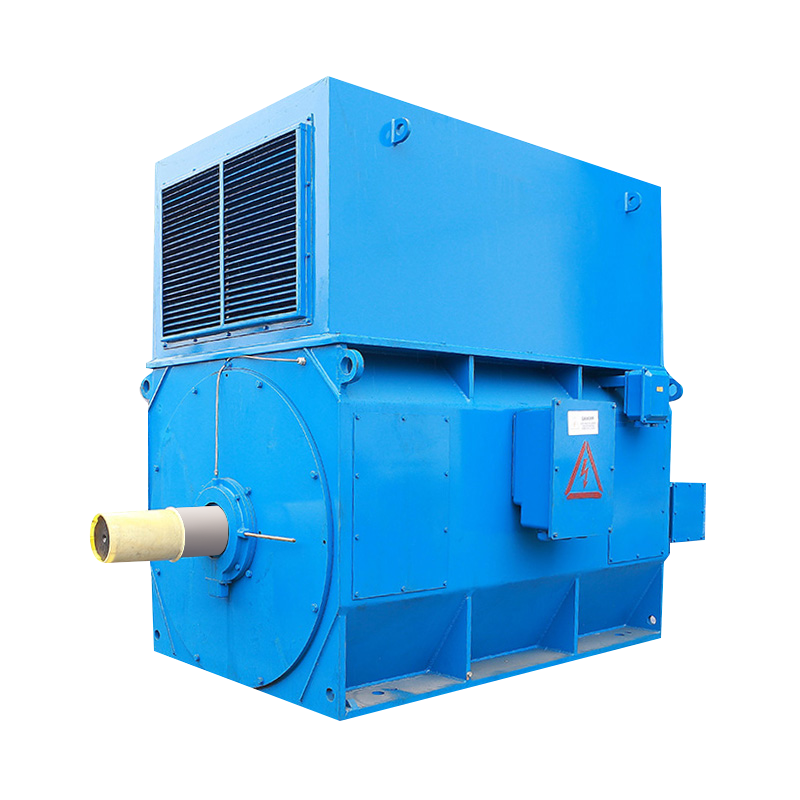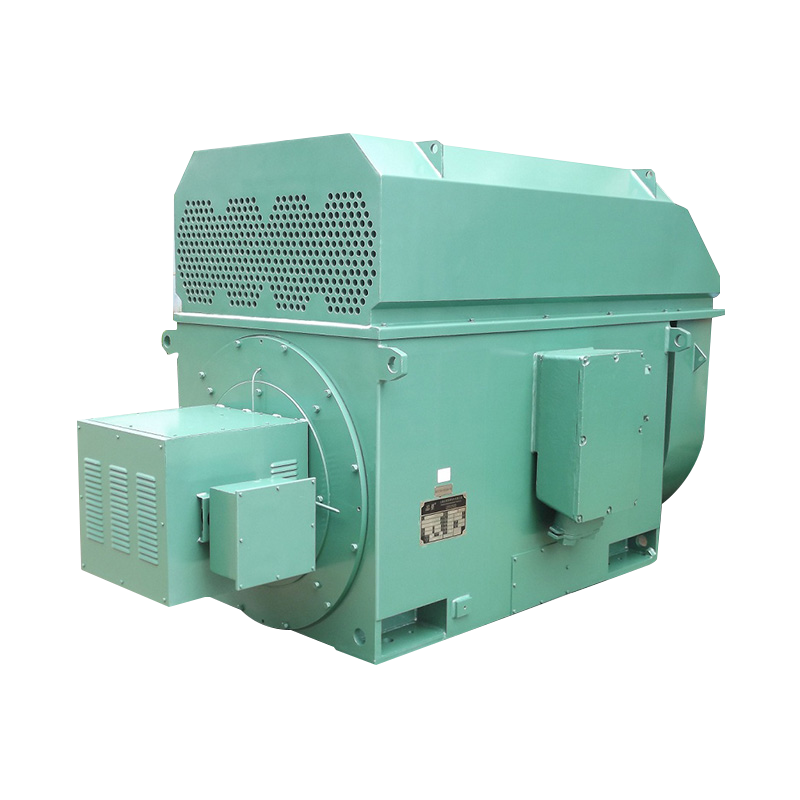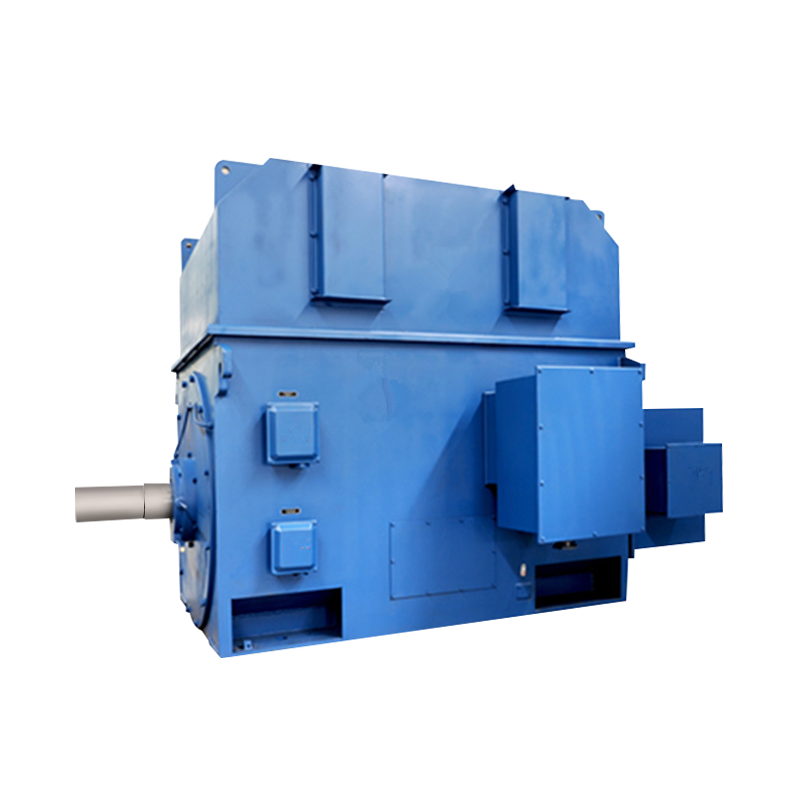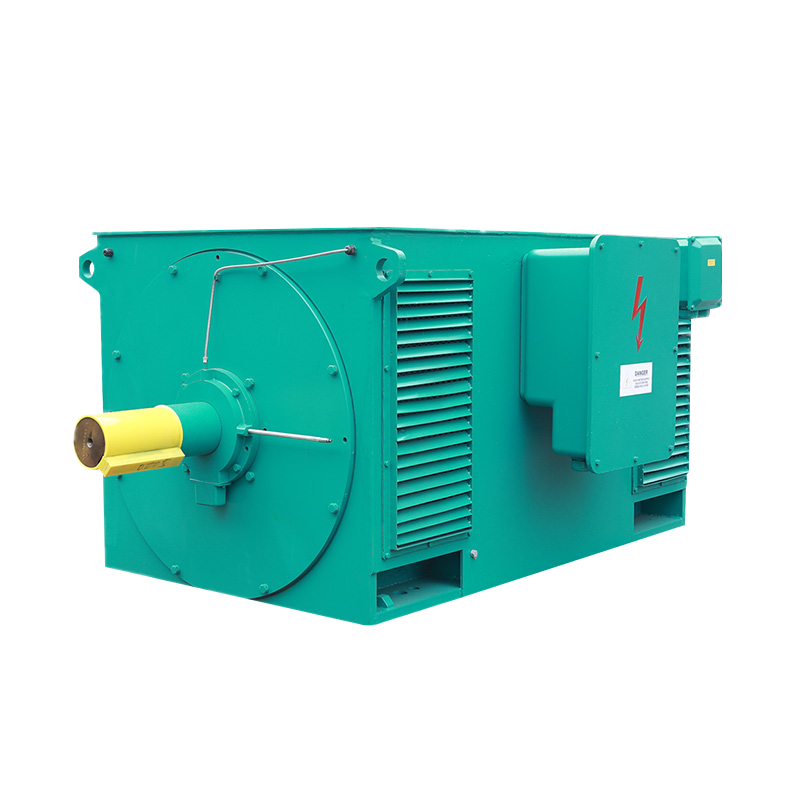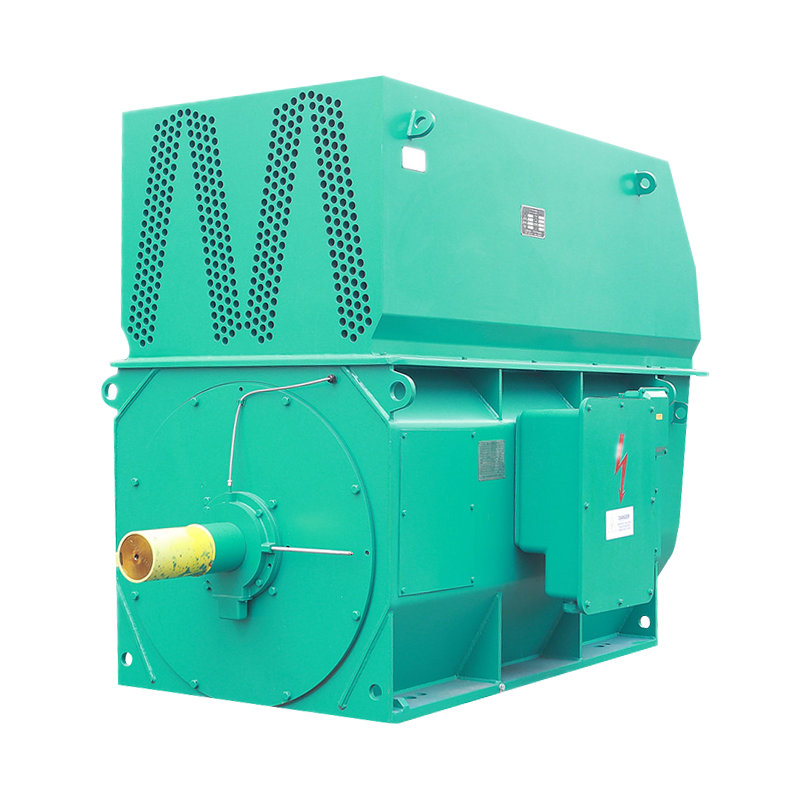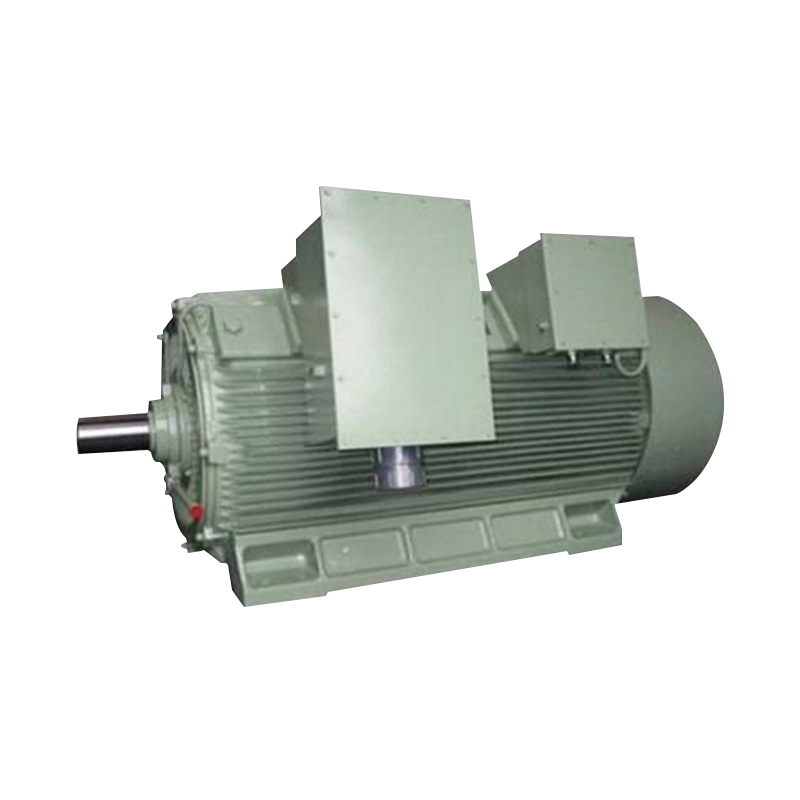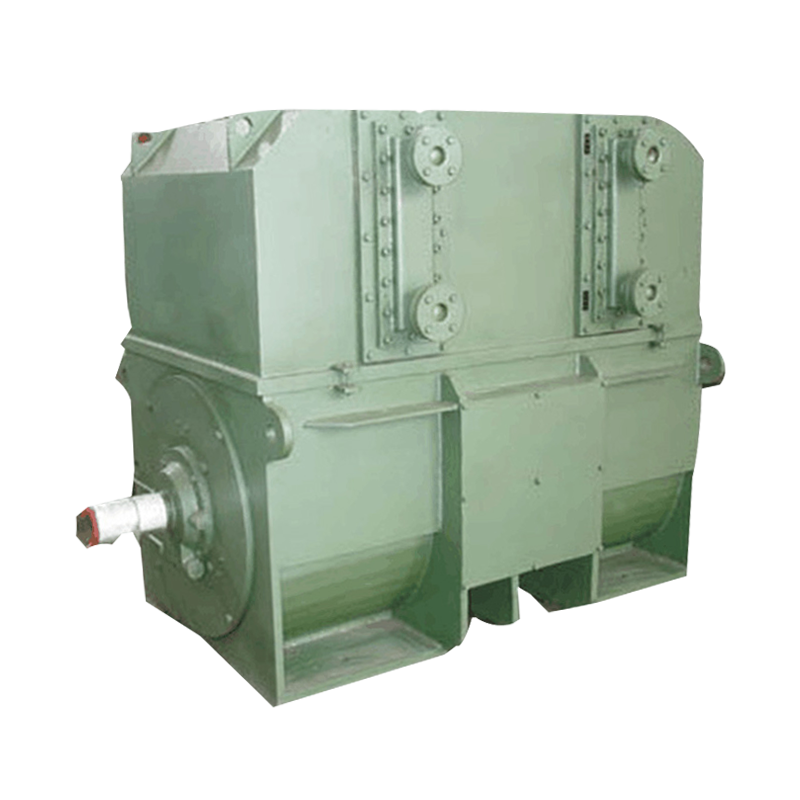What are the common high-voltage explosion-proof motor failures?
In the natural gas and coal mining industries, what are the common high-voltage explosion-proof motor failures, and what technical means can be used to effectively detect and diagnose these failures?
In the natural gas and coal mining industries, common failures of high-voltage explosion-proof motors and corresponding detection and diagnosis technologies include:
Common failures
Insulation aging and damage
Causes: long-term operation, high temperature environment, electrical stress, chemical corrosion, etc.
Influence: insulation performance is reduced, which can easily cause electrical short circuits and motor damage.
Overheating
Causes: poor ventilation, high ambient temperature, excessive load, poor heat dissipation, etc.
Influence: Affects the life of the motor and may cause the winding to burn.
Vibration and noise
Causes: unbalanced rotor, bearing damage, poor installation, mechanical looseness, etc.
Influence: aggravates mechanical wear, shortens the life of the motor, and may cause fault shutdown.
Bearing failure
Causes: poor lubrication, pollution, overload, expiration of bearing life, etc.
Influence: causes motor vibration, increased noise, and ultimately causes the motor to shut down.
Power supply problem
Causes: unstable voltage, poor power supply contact, unbalanced three-phase voltage, etc.
Impact: Affects the stability of motor operation, which may cause the motor to overheat or burn.
Detection and diagnosis technology
Insulation resistance test
Technical means: Use a megohmmeter to measure the insulation resistance value of the motor winding.
Application: Regularly test the insulation resistance, monitor the insulation condition, and detect insulation aging or damage early.
Infrared thermal imaging
Technical means: Use an infrared thermal imager to detect the temperature distribution on the motor surface.
Application: Detect overheated parts of the motor and identify problems such as poor heat dissipation or excessive load.
Vibration analysis
Technical means: Use a vibration analyzer to measure the vibration spectrum and vibration intensity of the motor.
Application: Monitor the vibration of the motor and identify problems such as imbalance, bearing failure, and mechanical looseness.
Bearing temperature monitoring
Technical means: Install a temperature sensor to monitor the bearing temperature.
Application: Real-time monitoring of bearing temperature changes, early warning of poor bearing lubrication or damage.
Electrical parameter monitoring
Technical means: Use an electrical parameter tester to monitor the voltage, current, power factor and other parameters of the motor.
Application: Monitor power supply stability and motor operation status, and identify problems such as voltage instability or three-phase imbalance.
Through these detection and diagnostic technologies, potential faults of high-voltage explosion-proof motors can be discovered early, preventive measures can be taken, sudden failure shutdowns can be avoided, and the safety and operating efficiency of the equipment can be improved.





 English
English русский
русский Français
Français عربى
عربى
